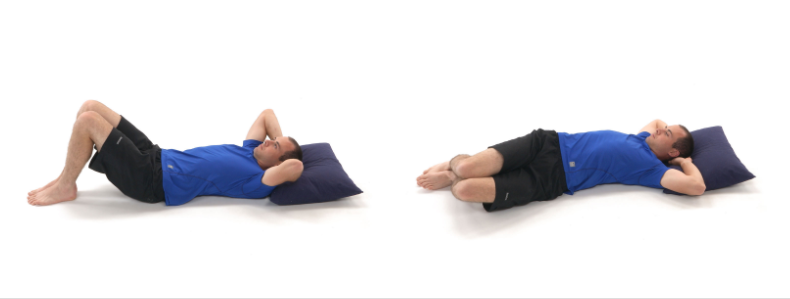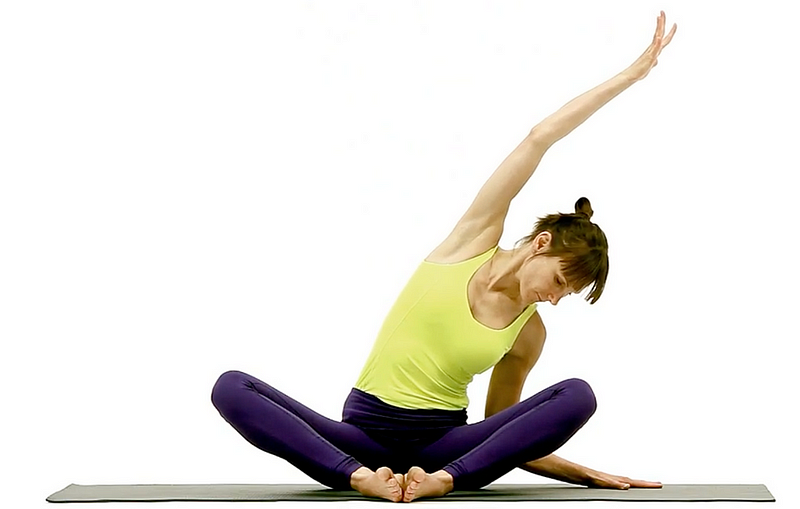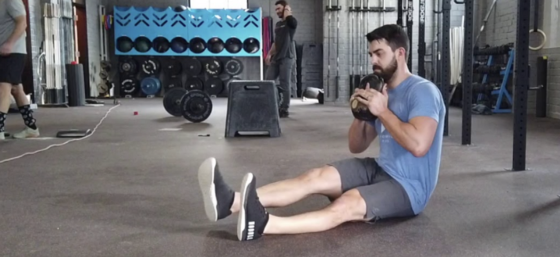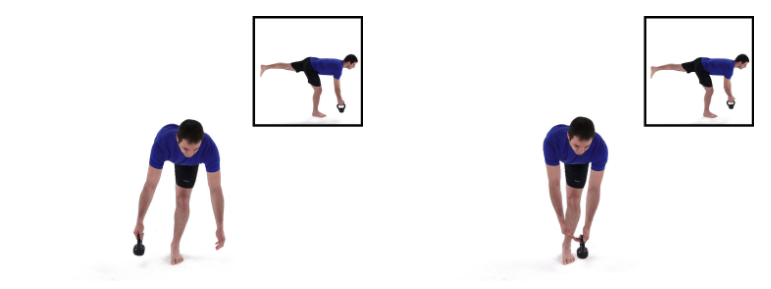Unlocking Your Lower Back: Essential Exercises for Relief
Written on
Understanding the Quadratus Lumborum
If you've been struggling with persistent lower back pain and are uncertain about the next steps, I want to introduce you to a key muscle that might help: the quadratus lumborum (QL). Often overlooked, this muscle plays a crucial role in the back and deep core, frequently overshadowed by more visible muscles like the obliques and rectus femoris.
The QL starts at the upper hips and connects to various lumbar spine regions and ribs. It acts as a vital stabilizer for the trunk, enabling spinal extension and lateral rotation. Additionally, it contributes to lateral pelvic tilting, core stability, and even breathing. Essentially, the QL is crucial for maintaining proper posture and facilitating load transfer between the upper and lower body.
To help you strengthen this essential muscle and improve your back endurance, I will introduce three targeted exercises. By incorporating these focused movements into your routine, you can ensure that this hidden muscle receives the attention it requires. Aim to perform these exercises 2 to 3 times per week—integrate them into your warm-up or consider them a standalone session to introduce some light activity into your day.
Movement as Medicine
Before diving into the exercises, I want to emphasize that while these movements are relatively straightforward, they still come with certain risks. If you have a history of chronic back issues or any musculoskeletal conditions that might complicate your exercise routine, consult with a healthcare professional before proceeding. It's essential to do your due diligence before starting.
It's also important to acknowledge the challenges you may face when addressing low back health. If you've dealt with chronic pain and stiffness for years, don't expect immediate results. Recovery often requires a combination of physical, psychological, and lifestyle changes to restore functionality. While I'm confident that the exercises outlined below can initiate your recovery, consider seeking guidance from a physiotherapist if you need additional support. Feel free to reach out with any questions; I'm here to help!
Warm-Up Routine
- Knee Wags

Application: 10–15 reps per side
Cues: Lie on your back with your knees bent at approximately 90 degrees. Raise your hands behind your head and gently rock your knees side to side. Start with a small range of motion and gradually increase as you warm up. This exercise effectively mobilizes both your lower back and pelvis.
- Dynamic Side Stretch

Application: 5 sets of 5 seconds per side, alternating
Cues: Sit comfortably with your arms raised overhead. On an exhale, shift your arms side to side to stretch the QL and other lower back and core muscles. Rather than holding a stretch, pause for 3–5 seconds at your maximum pain-free range before switching sides. This keeps your joints and muscles active, helping reduce pain and stiffness.
Targeted Exercises
- The QL Walk

Application: 8–10 walks forward and backward for 2-3 sets
Cues: Start seated with your legs extended. Slowly shuffle forward by subtly shifting your hips back and forth while maintaining an upright spine. After moving forward, repeat the process backward. Although it may seem unconventional, this exercise effectively isolates the QL and activates the deep core muscles. For added challenge, try performing this with your arms raised overhead or add weights.
- Single-leg Romanian Deadlift

Application: 10–15 reps per side
Cues: Engage your core and visualize stacking your ribs over your pelvis. Stand on one foot and hinge at the hips, extending the other leg behind you while keeping your back and neck neutral. Once you reach your lowest controlled point, extend your hips and activate your glutes to return to the starting position. If using weights, ensure they stay close to your legs for back protection.
- Pallof Press + Reverse Lunge (Advanced)

Application: 10–12 reps per side
Cues: Step out with a resistance band until you feel moderate tension. Perform reverse lunges while keeping your inside leg stable. Hold at the bottom for 2–3 seconds per rep. Ensure your shoulders and hips remain aligned as you resist the pull of the band. The slower you perform each rep, the more effective it will be! After completing a set, switch to the other side and repeat.
Enhancing Your Health Journey
Are you ready to elevate your health and bid farewell to pain and injuries? Check out my newly released book for comprehensive strategies to improve your well-being!
Video Description: Discover the best exercises to strengthen your lower back and alleviate pain effectively.
Video Description: Explore five excellent at-home exercises for low back pain relief—no stretching required!
Conclusion
The quadratus lumborum is essential for unlocking your lower back's potential. It's time to move beyond static stretches and focus on building muscular strength and endurance. By dedicating just a few minutes each week to this often-neglected muscle, you’ll start feeling revitalized in no time!
You’ve got this!
-David Liira Kin